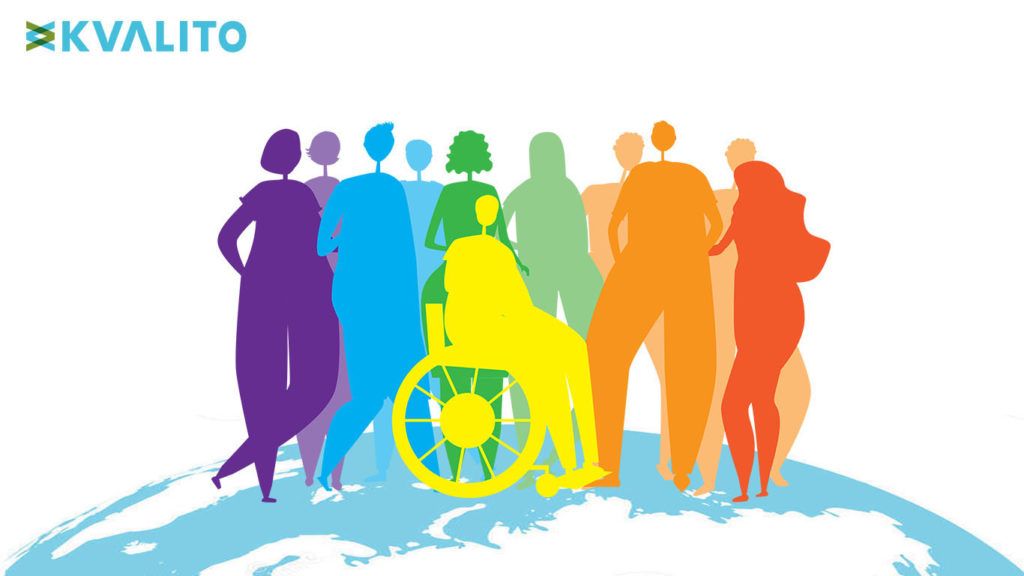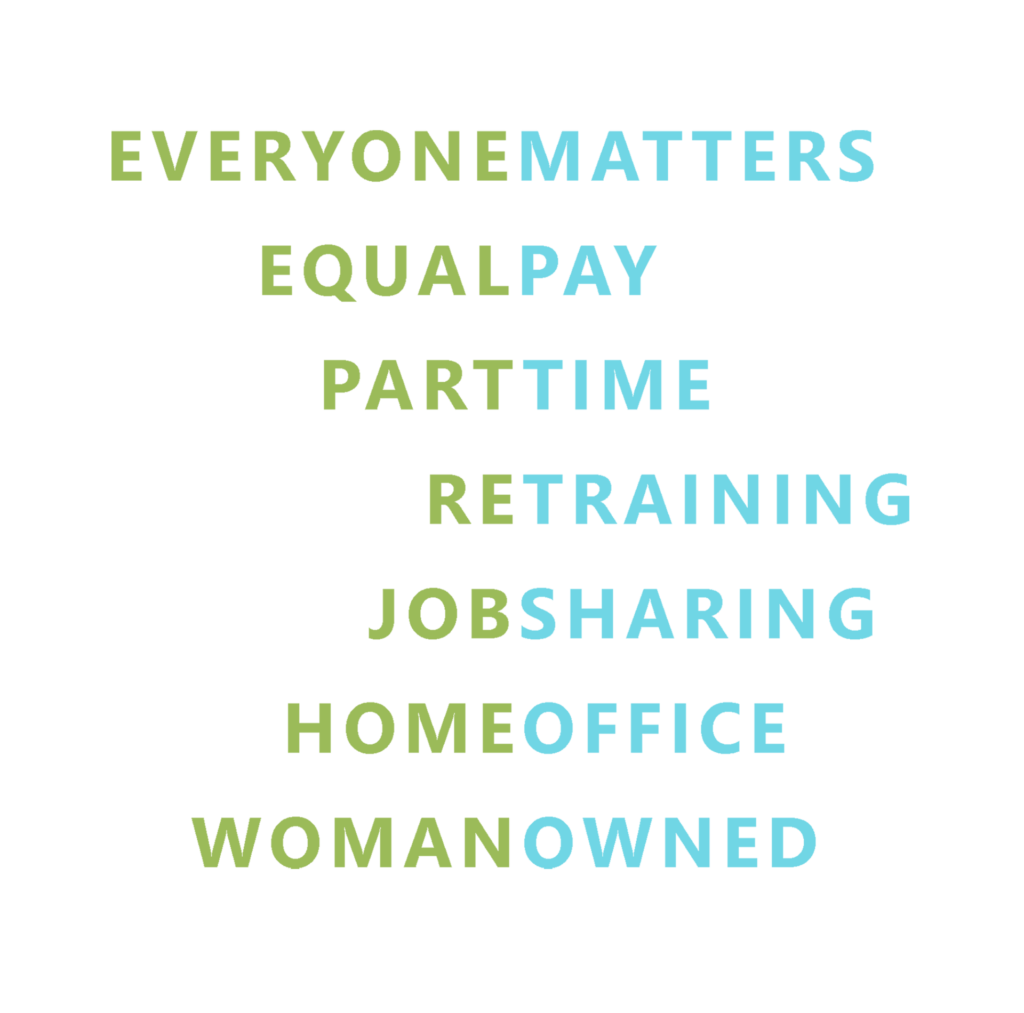“Leave No-one Behind” i
Although Gender Parity and Gender Equality are sometimes used interchangeably, there is a notable difference. Gender Parity is purely a statistical measure that describes the proportions of men and women, or boys and girls in a population[i] related to an indicator, for example, education or income. If an equivalent number of girls and boys complete primary school in a school, the Gender Parity ratio for that index is one. A lower Gender Parity index signals a more significant gap between girls and boys. Gender Parity does not extend to value judgements, assessments or mobilisation of legal or policy change as Gender Equality can. However, Gender Parity can be a powerful metric to evaluate the level of Gender Equality within a group or population. Gender Equality is the state of equal ease of access to education, healthcare, resources, and opportunities, including economic participation, decision-making, and valuing diverse behaviours, aspirations and requirements equally, regardless of gender.
The UN established 17 Goals for Sustainable Development (SDG), highlighting the world’s most pressing challenges as action points in 2015, as we work towards a better future for all. SDG goal number 5 calls on us to “achieve gender equality and empower all women and girls”[ii] by 2030. “Leave No-one Behind” is the commitment underpinning the 17 SDG’s, calling on us to recognise that the challenges people face in accessing resources, services and equal opportunities are not simply a coincidence. Discriminatory legislation, policies and social practices continue to create barriers that leave particular groups of people far behind. All stakeholders and businesses must play an integral part in shaping a more prosperous and equitable future.
To illuminate the status quo and help mobilise the shift in mindset for change, we summarise seven points you should know on Gender Equality. Finally, we reveal how Kvalito Consulting Group fosters gender and ethnic diversity, and a culture of inclusion from the outset. This results in a connected, high-performing team of professionals with a gender parity score of over one today. We hope that many other businesses are inspired to model their activities on similar principles, to catalyse equality today.
Facts and Figures
Balancing the Gender Gap will bolster GDP
Raising the Gender Parity index in the Asia Pacific countries could add a potential $4.5 trillion to collective GDP annually by 2025. This represents a 12 % increase over the current GDP trajectory.[iii] Gender inequality is high and varied throughout the Asia Pacific, so the paths to improvement are many. Increasing women’s flexible working models (part-time and multiple job mix) and working jobs with higher pay scales will help create positive change.
The potential of boosting Global GDP by enabling women to participate in the economy equally to men is bright. $28 trillion, or 26 percent, could be added to annual global GDP by 2025. Both emerging and industrialised economies stand to benefit significantly, with at least 8% incremental GDP growth over “business as usual” levels
Land Rights
For rural women and men, land is the decisive asset for agricultural production, food security and nutrition. Secure land rights correlate with better outcomes for families, improved child nutrition, and less gender-based violence. However, in many parts of the world, both men and women have inadequate access to secure land rights. Women are particularly disadvantaged in this regard. Globally, less than 20 per cent of all landholders are women. The distribution of women landholders ranges from 5 per cent in the Middle East, West Asia and North Africa to an average 15% in Sub-Saharan Africa and 18 % in Latin America and the Caribbean. In Honduras, women own less than 20 % of land.

Hunger and Poverty
According to the World Food Programme’s Gender Policy Report of 2009, “it is estimated that 60 per cent of chronically hungry people are women and girls; 20 per cent are children under five. Achieving gender equality remains crucial to achieving the poverty and hunger goals of the Millennium Declaration”[i].
Data shows that if women had equal access to productive resources as men, they could increase farm yields by 20 to 30%, increasing total agricultural production by 2.5 to 4%. Fair distribution and access to resources can curb the number of hungry people globally by 12 to 17%.
Automation and Job Security
Automation is on the rise, adding to the difficulties that women face at work. In the next ten years, one in four women and men may need to re-train and take on a higher-skill occupation. By 2030, between 40 million and 160 million women worldwide will need to switch jobs to remain employed. Men and women will need to be flexible, tech-savvy, mobile and resilient to adapt to the rapidly evolving labour landscape. Women are strongly under-represented in most emerging professions, with the largest gap in those requiring disruptive technical skills, like cloud computing, engineering and AI. In the global labour market, only 55% of women (aged 15-64) are working, compared to 78% of men.
Division of Labour and Compensation
There is no country where men and women spend the same amount of time doing unpaid care work (household). Women do three times as much unpaid work as men on average, working the “double shift. In India, women do ten times more unpaid work than men. Women and girls bear 71% of the responsibility of collecting water for households in Sub-Saharan Africa[ii], equating to an estimated 200 million hours a day. As an example, the cut for hours invested for water collection by women as opposed to men is: Guinea: 5.7 / 2.3, Sierra Leone: 7.3 / 4.5, and Malawi: 9.1/1.1. This pattern is not limited to emerging countries; most women practice a double shift in industrialised economies. In the United States and Europe, women generally perform twice the unpaid care work as men.
Companies built on a Gender and Ethnically Diverse Teams Outperform the Competition
Ethnically diverse and gender-diverse companies tend to be more competitive, attract top talent with broader skill sets, and perform higher than companies with a homogenous gender and ethnic workforce. Businesses ranking in the top quartile for gender diversity are 15% more likely to have higher financial returns above industry peers.
European Union
Since 2015, progress toward gender equality in the EU has been slow, with an average improvement of just half a point each year. EIGE created the Gender Equality Index to monitor gender equality and raise awareness to help policymakers develop more effective gender equality policies. The EU is at least 60 years away from reaching complete gender equality, and 95 years required to balance the gender gap in political representation.

The WEF Global Gender Gap Report 2020[i] finds that worldwide, gender parity stands at 68.6 per cent, with the bottom ten countries closing just 40% of the gender gap.
It will take 257 years to close the economic gender gap between men and women, boys and girls.
As economies are developed and re-built, women’s equitable position in politics and public life is fundamental to the design. Gender parity has an intrinsic positive impact on the health and viability of cultures and economies everywhere. Sustainable growth, profitability, and future-readiness of businesses and economies hinge on our ability to develop (and considering the onset of the 4th industrial revolution), re-train and leverage one half of the world’s available talent. To move forward, women and girls have to step up and keep the momentum going. International initiatives must be targeted, multilevel and unwavering, to tackle these action points and pave the road to Gender Equality.
KVALITO’s Commitment to Gender Parity
KVALITO Consulting Group was founded in 2013 and is a strategic partner and a global Life Science network for the life science and healthcare industry. Headquartered in Basel, Switzerland, KVALITO has subsidiaries in Germany, Czech Republic, Ireland and Malaysia.

KVALITO has been a UN Global Compact member since 2016 and is committed to responsible business practices that consider the UN Sustainable Development Goals. KVALITO offers equal opportunities for women and men and employs a gender and ethnically diverse workforce.

KVALITO is proud to have a hiring strategy that increases gender diversity. Flexible working models are also a notable benefit offered by the company, with job sharing, part-time, and working from home options. Also, KVALITO provides re-training for women and training in the re-entry phase after maternity leave to increase their skills and boost their CVs.
On March 25th 2021, KVALITO partnered with the Businesswomen’s Alliance (HBA), a global non-profit organisation committed to advancing women working in healthcare, to organise a virtual event to enable peers from Europe and the Asia Pacific to connect. The event sparked considerable interest and proved to be a real success.
At the event, Ms Kurpierz said, “we are a Woman-Owned business and a role model for other women in business. For several years now, we both commit to and implement the UN Development Goals. For example, our employees receive equal pay for the same work and performance. KVALITO raises awareness and supports events and organisations such as the Healthcare Businesswomen’s Alliance (HBA).”

KVALITO’s management recognizes it is clear that the gender gap must be closed by removing barriers to women at work. There is no reason not to do so. Gender parity brings business benefits and competitive advantage, enables better problem solving based on different viewpoints, ideas, insights, and brings increased access to resources and talents. The emphasis is, diversity throughout a business, including at the leadership level, is imperative for a tangible business impact.
CEO of KVALITO Magdalena Kurpierz identifies gender parity, diversity, and inclusion as integral drivers of KVALITO’s hiring strategy from the start. ” A high gender parity score combined with diversity and inclusion in our teams allows us to come together and flourish,” she states. “This is the bedrock of our equitable working culture, competitiveness and ultimately, our organisational success.”
Author: Lara Bartlett, Digital Content Creator, KVALITO Consulting Group
KVALITO is a strategic service partner and global Life Science network for regulated industries. To learn more about our service, please visit us on www.kvalito.ch
If you would like to benefit from KVALITO’s expert services, feel free to send us an email at contact@kvalito.ch
Are you looking for an exciting and challenging position as a consultant? Send your complete application to recruiting@kvalito.ch
References
[i] The central, transformative promise of the 2030 Agenda for Sustainable Development and its Sustainable Development Goals of the UN Member States.
[ii] “What Is ‘Gender Parity’?” New America. Retrieved 23.03.2021.
[iii] United Nations (2017) Resolution adopted by the General Assembly on 6 July 2017, Work of the Statistical Commission pertaining to the 2030 Agenda for Sustainable Development (A/RES/71/313 Archived 23 October 2020 at the Wayback Machine)
[iv] The Power of Parity, Advancing Wome’s Rights in the Asia Pacific April 23, 2018 Report McKinsey & Company.
[v] The Gender Gap in Land Rights CGIAR Research Programmes on Policies Institutions and Markets. Food and Agriculture Oranization of the United Nations ©FAO, 2018 I87 http://www.fao.org/3/I8796EN/i8796en.pdf retrieved on 23.3.202
[vi] https://documents.wfp.org/stellent/groups/public/documents/communications/wfp203758.pdf
[vii] United Nations’ 2012 study on Millennium Development Goals https://www.un.org/en/development/desa/publications/mdg-report-2012.html
[viii] European Institute for Gender Equality EIGE: The Gender Equality Score Index 2020 https://eige.europa.eu/gender-equality-index/2020/compare-countries/index/map retrieved on 23.3.201
[ix] Global Gender Gap Report 2020 -Mind the 100 Year Gap 2019 https://www.weforum.org/reports/gender-gap-2020-report-100-years-pay-equality
Facts & Figures: Rural Women and the Millennium Development Goals This fact sheet is a product of the Inter-Agency Task Force on Rural Women, which is led by FAO, IFAD and WFP, and is composed of the following members: ITC-ILO, SPFII, UNCTAD, UNDP, UNEP, UNESCO, UNFPA, UNIDO, UN Women and WHO https://www.un.org/womenwatch/feature/ruralwomen/facts-figures.html





